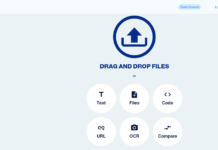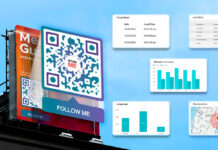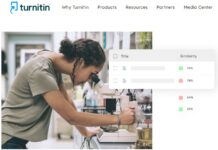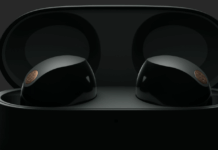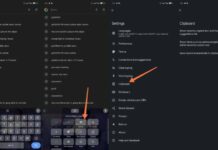For several decades pop-up windows remain one of the most popular elements of websites. They can easily convince the visitor to take the action you want. They are notably “a perfect working tool” in capable hands. Statistics say that out of 100% of visitors to your website, 96% will never go back. And this is not because they do not like something there.
After closing the page people can banally forget about its existence, well, if they are still added to the bookmarks, not that quickly enough it can be found there. That’s where pop-up windows come in to help. If they offer the user to subscribe to a useful newsletter or order a product with a good discount, he will do it.
If you want to test different ways to increase conversions yourself, try using or implementing functional popup templates. Some designers allow you to install a pop-up on your site, customize the design, and look at statistics.

Typical pop-up mistakes from a marketing point of view
- Pop-ups don’t offer the customer a benefit
- Pop-ups are not customizable to the target audience and user behavior scenarios on the site
- The pop-up message does not relate in any way to the content of the pages/pages the user visits
- The design of the pop-up message is different from the website design
- Pop-up is not well-thought-out in terms of usability (too small font, small button to close the window, disgusting color schemes)
- Unthought-out copywriting – “sign up” and “register” doesn’t work anymore
Why use pop-ups?
Although pop-ups are one of the types of advertising that users dislike, they help achieve the following goals:
- One-sentence ads for company newsletters;
- Downloading of useful content (the user should also leave his e-mail address or phone number);
- Registering on the site for discount coupons.
Pop-ups don’t have to be intrusive and disturbing. When used correctly, you can motivate a website visitor to perform the action you want. To do this, you only need to decide on the type of pop-up windows and the content you will place there.
Types of pop-up windows
Today in Internet marketing there are as many as five types of pop-up windows:
- The welcome window;
- A window that pops up when the page is scrolling;
- A window that pops up at a set time;
- Window with a question;
- An exit-intent window.
What are pop-ups like?
There are two options:
- hello-board – the pop-up limits some of the functionality of the page, but you can still work with it.
In the LPGenerator blog, for example, this is how the window with the newsletter subscription form works – you can keep scrolling through the article without closing the window.
- page-stop – the window blocks the whole page until the user clicks the action button or closes it.
Most often commercial sites use the second option because the user will definitely pay attention to it. The rest is up to you: properly set up the script for the window to appear, and get the user interested in your offer.
What should pop-ups be like?
If you do decide that your sites need pop-ups, here are some tips on their design:
1. Make informative windows bright and noticeable, but not cutting the eye. The design should coincide with the overall concept of the site. Use blackout or blurred backgrounds to make them stand out better.
2. The call to action, actions, and buttons should stand out in color, the background itself is better made neutral – gray or white. The best color palette is based on contrast.
3. You can make a bright pop-up window on a darkened background, but do not forget that the text in this case is difficult to read.
4. Write the content of the pop-up window briefly and clearly. Three lines are enough. Also, reduce the number of fields in the forms, and ask only the really important questions. Limit yourself to two answer options. For example, “yes” or “no”.
5. If a pop-up window suggests purchasing a licensed version, you need to leave the possibility to return to the demo mode or close the window.
6. A closed pop-up window should not appear again.
7. Make the pop-up window inviting you to subscribe to the newsletter as simple as possible. One field for entering your mailbox and a bright “confirm” button is enough.
8. The pop-up window with the site manager should not cover half of the screen. Add a prominent button “minimize” or “close”.
Conclusion
Testing pop-ups is no different than testing online stores or landing pages. Every element must be tested and properly examined from content and design to targeting.
Of course, this will take a lot of time. But in the end, you’ll get a much broader understanding of the psychology of your target audience. And, of course, you will get a return on your investment almost immediately.

